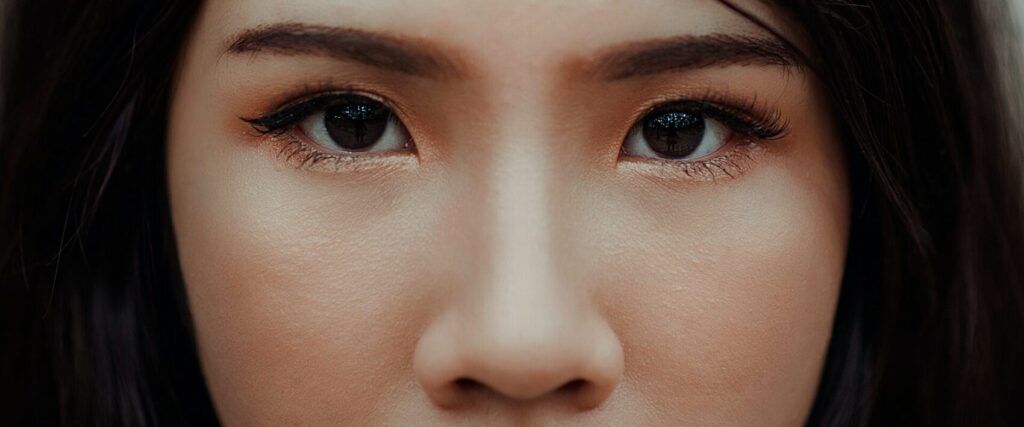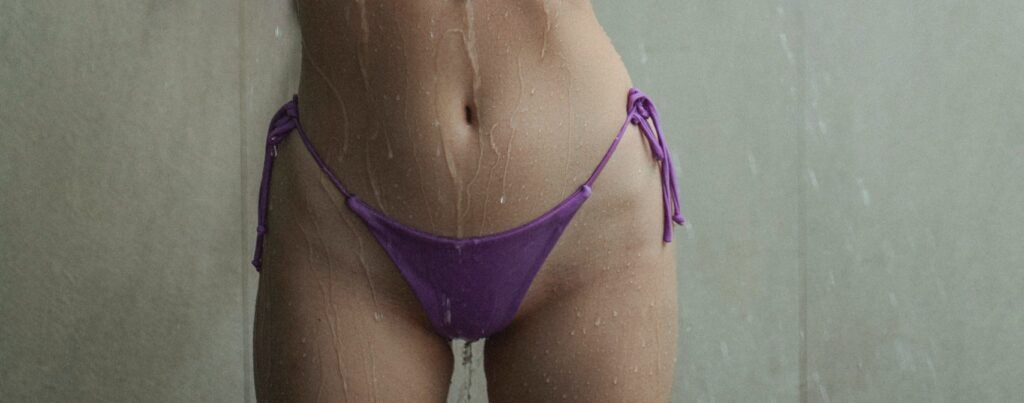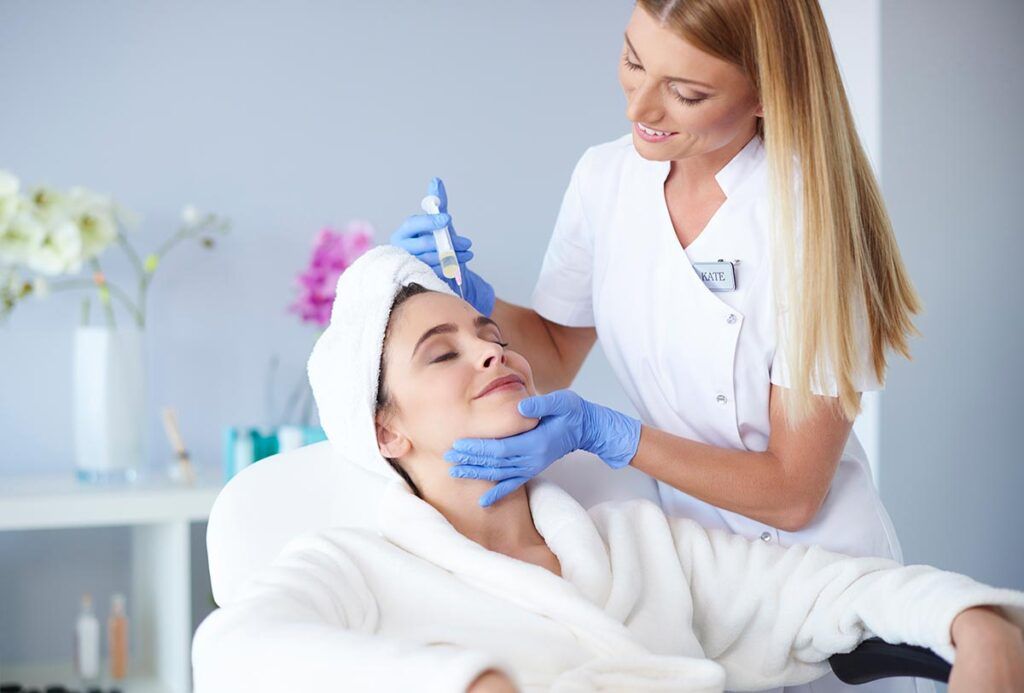For people who are unhappy with the size and shape of their nose, rhinoplasty, more often called a nose job, is a solution that helps them feel more confident and attractive. According to the American Society of Plastic Surgeons, this procedure is incredibly common, resulting in about 220,000 rhinoplasties performed each year. If you are considering having plastic surgery on your nose, you may have questions or concerns about the recovery process. To help you better understand what to expect, Dr. Ortiz, a leading board-certified Raleigh plastic surgeon, is walking you through what you can expect with rhinoplasty recovery.
How Is Rhinoplasty Performed
First, let’s look at the two types of rhinoplasty procedures and how they are performed so you can understand the healing process more easily.
Open Rhinoplasty
Open, or external rhinoplasty, involves making a small incision on the columella, which is the tissue separating the nostrils. By doing this, Dr. Ortiz has improved access to the bone and cartilage within the nose, allowing for a greater range of motion, increased visibility, and more refinement during the procedure. This method is generally used for more serious correction or significant reshaping.
Closed Rhinoplasty
Closed, or endonasal rhinoplasty, involves making incisions inside the nostrils and is primarily used for minor corrections, reshaping bones, or the tip of the nose. This method is less invasive, thus the recovery time is shorter.

Rhinoplasty Recovery
After your procedure, the recovery process begins, and with the proper preparation, you’ll know what to expect to make it as easy as possible.
Immediately After Rhinoplasty
During the procedure, the area will be packed or a splint is placed in the inside of your nose to stabilize the area while bandages will be applied outside the nose to protect the surgical site. After your procedure is completed, you’ll recover at your plastic surgery center for a brief period prior to discharge. You’ll need to have someone take you home and stay with you for at least 24 hours as you’ll need that time to rest and recover, and you should schedule a minimum of a week off of work.
You will most likely experience significant swelling, soreness, and tenderness as well some bruising around your cheeks and under your eyes for the first week. During your first week after surgery, it’s important to rest, avoid any strenuous activity, sleep with your head elevated, and keep your follow-up appointment with your plastic surgeon.
One to Two Weeks After Rhinoplasty
While your plastic surgeon will provide you with more specific, personalized instruction, typically, the splint or packing can be removed from your nose. You can begin resuming light daily activities and the most noticeable swelling and bruising will have subsided.
Four to Six Weeks After Rhinoplasty
At around four weeks after your procedure, you can resume some cardiovascular activities, including walking, using a stationary bike, or swimming. At six weeks, your bones have stabilized and the majority of your healing has been completed. This means you can get back to your fitness routines, wear your glasses, and blow your nose safely.
It’s important to note that you should listen to your doctor as well as your body. If you don’t feel quite ready for working out or you have discomfort when wearing your glasses, talk to your doctor and go at your comfort level. Everyone heals differently.
Six Months to a Year After Rhinoplasty
Up to this point, you may have still experienced numbness or other sensations in the surgical site, but at six months post-surgery, these sensations should be resolved. The tip of your nose may feel firm and this is normal within the recovery period. At the one-year mark after your surgery, your nose’s shape is completely finalized with any leftover selling having subsided.
Improving Your Rhinoplasty Recovery
In order to get the best results while minimizing the discomfort or length of your recovery time, follow these steps:
- Apply cold compresses to your cheeks and forehead for the first 72 hours to reduce swelling and discomfort.
- Rest as much as possible as your body uses sleep to heal and regenerate.
- Avoid hot showers, hot tubs, and even hot food. The heat can increase swelling in your nasal tissues, so we recommend choosing lukewarm showers and room temperature drinks and food.
- Eat a healthy, balanced diet that includes lean proteins, fruits, and vegetables, to ensure your body gets the nutrients that support healing.
- Keep your head elevated for at least six weeks after your surgery to reduce swelling and bruising.
- Avoid the sun to reduce sunburn which can increase swelling and darken any scars.
- Don’t wear your glasses until your plastic surgeon gives you the okay. Glasses, even when worn briefly, can cause indentations in the tissue.
Most importantly, listen to your doctor and follow their specific guidelines and instructions to get the best results, and if you have any concerns, be sure to give your plastic surgeon a call.
Schedule a Consultation for Rhinoplasty in Raleigh Today
If you would like to learn more about rhinoplasty or are considering whether a nose job is right for you, we can help. Dr. Ortiz will sit down with you to discuss your goals, what kind of outcome you can expect, and more about the procedure. To get started, call us today at 919-532-2270 or fill out the form below.







